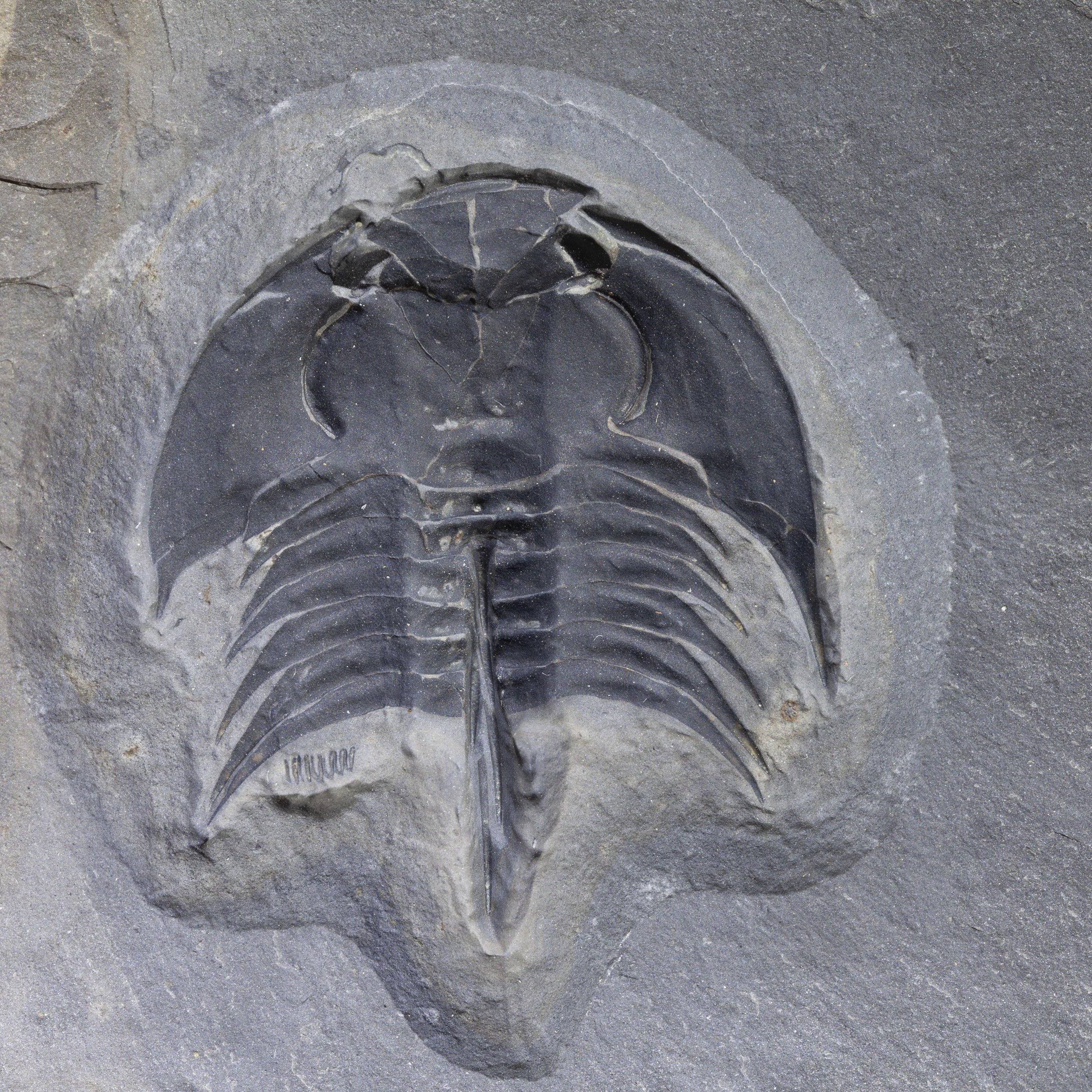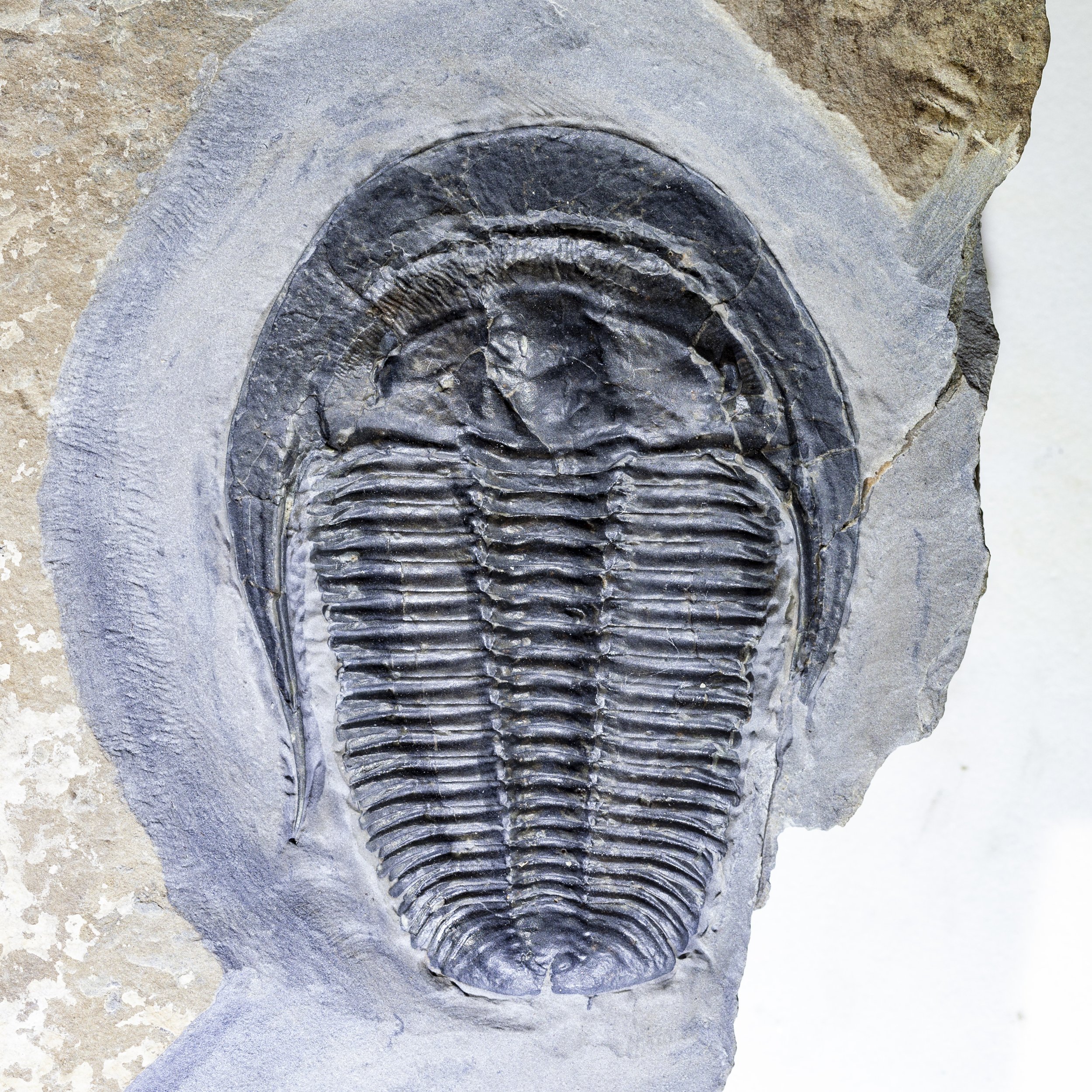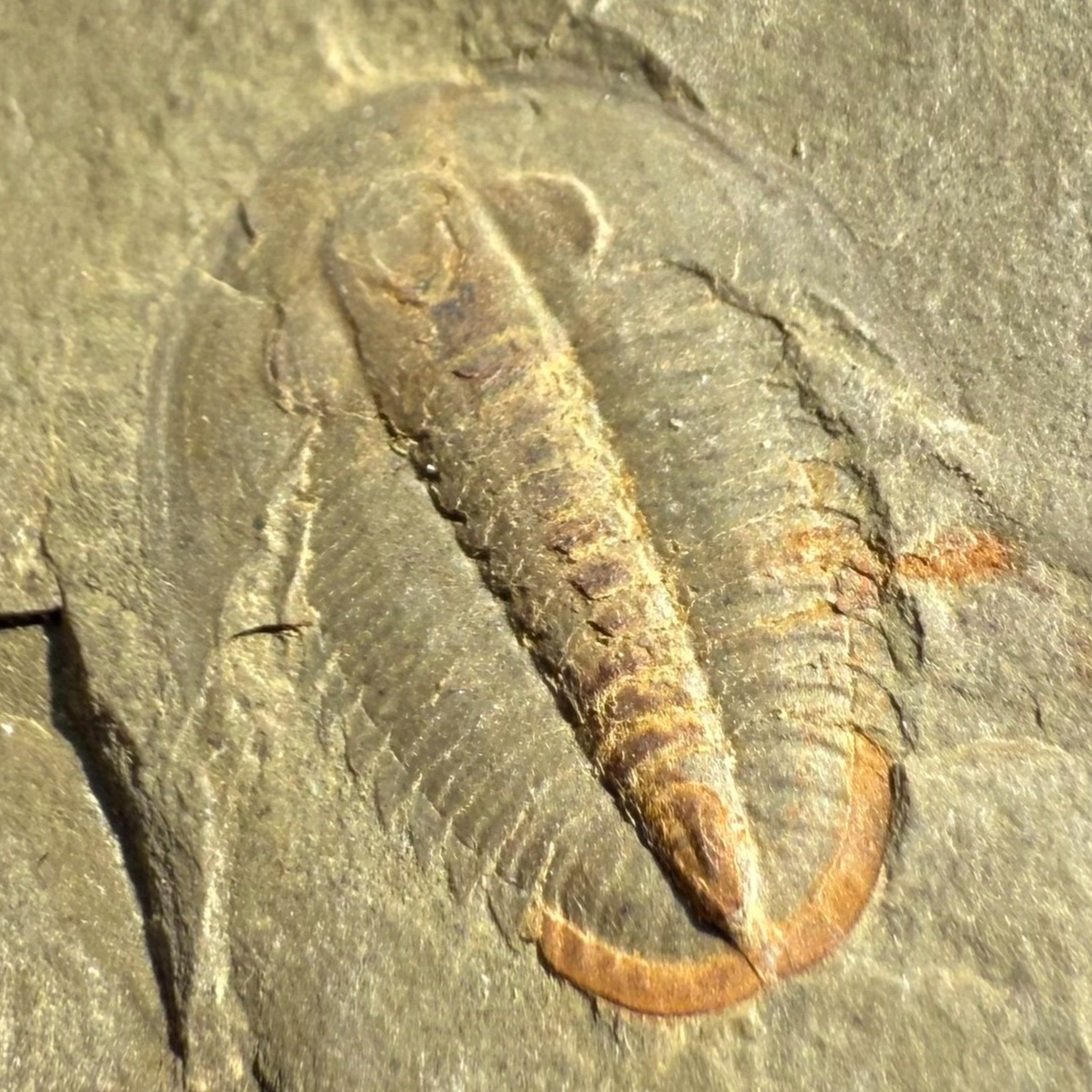 Image 1 of 4
Image 1 of 4

 Image 2 of 4
Image 2 of 4

 Image 3 of 4
Image 3 of 4

 Image 4 of 4
Image 4 of 4





Pecopteris sp.
Vendor: Lagerstätte Land
SKU Number: SQ6010870
Pecopteris sp. from the Middle Carboniferous, Benxi Fm., Taiyuan City, Shanxi Province, China.
These fossils, typically preserved as impressions or compressions in shale and sandstone, represent the leaves of extinct tree ferns or seed ferns that thrived in the warm, humid coal swamp environments characteristic of the Pennsylvanian epoch. The distinctive comb-like arrangement of their pinnules (leaflets) makes them relatively easy to identify
Full dimensions are listed below.
Vendor: Lagerstätte Land
SKU Number: SQ6010870
Pecopteris sp. from the Middle Carboniferous, Benxi Fm., Taiyuan City, Shanxi Province, China.
These fossils, typically preserved as impressions or compressions in shale and sandstone, represent the leaves of extinct tree ferns or seed ferns that thrived in the warm, humid coal swamp environments characteristic of the Pennsylvanian epoch. The distinctive comb-like arrangement of their pinnules (leaflets) makes them relatively easy to identify
Full dimensions are listed below.
Vendor: Lagerstätte Land
SKU Number: SQ6010870
Pecopteris sp. from the Middle Carboniferous, Benxi Fm., Taiyuan City, Shanxi Province, China.
These fossils, typically preserved as impressions or compressions in shale and sandstone, represent the leaves of extinct tree ferns or seed ferns that thrived in the warm, humid coal swamp environments characteristic of the Pennsylvanian epoch. The distinctive comb-like arrangement of their pinnules (leaflets) makes them relatively easy to identify
Full dimensions are listed below.
Additional Information
Description:
Pecopteris sp. is a significant fossil genus of fern-like foliage commonly found in Middle Carboniferous strata worldwide, and the Benxi Formation of China is no exception. These fossils, typically preserved as impressions or compressions in shale and sandstone, represent the leaves of extinct tree ferns or seed ferns that thrived in the warm, humid coal swamp environments characteristic of the Pennsylvanian epoch. The distinctive comb-like arrangement of their pinnules (leaflets) makes them relatively easy to identify. In the Benxi Formation, Pecopteris contributes to our understanding of the diverse plant life that formed the basis of the region's ancient ecosystems, coexisting with lycophytes, sphenophytes, and other early vascular plants. Their presence helps paleontologists reconstruct the paleoclimate and paleoenvironment of the Middle Carboniferous in this part of Asia and provides crucial data for broader paleobotanical and paleogeographic studies.
References:
Pecopteris










